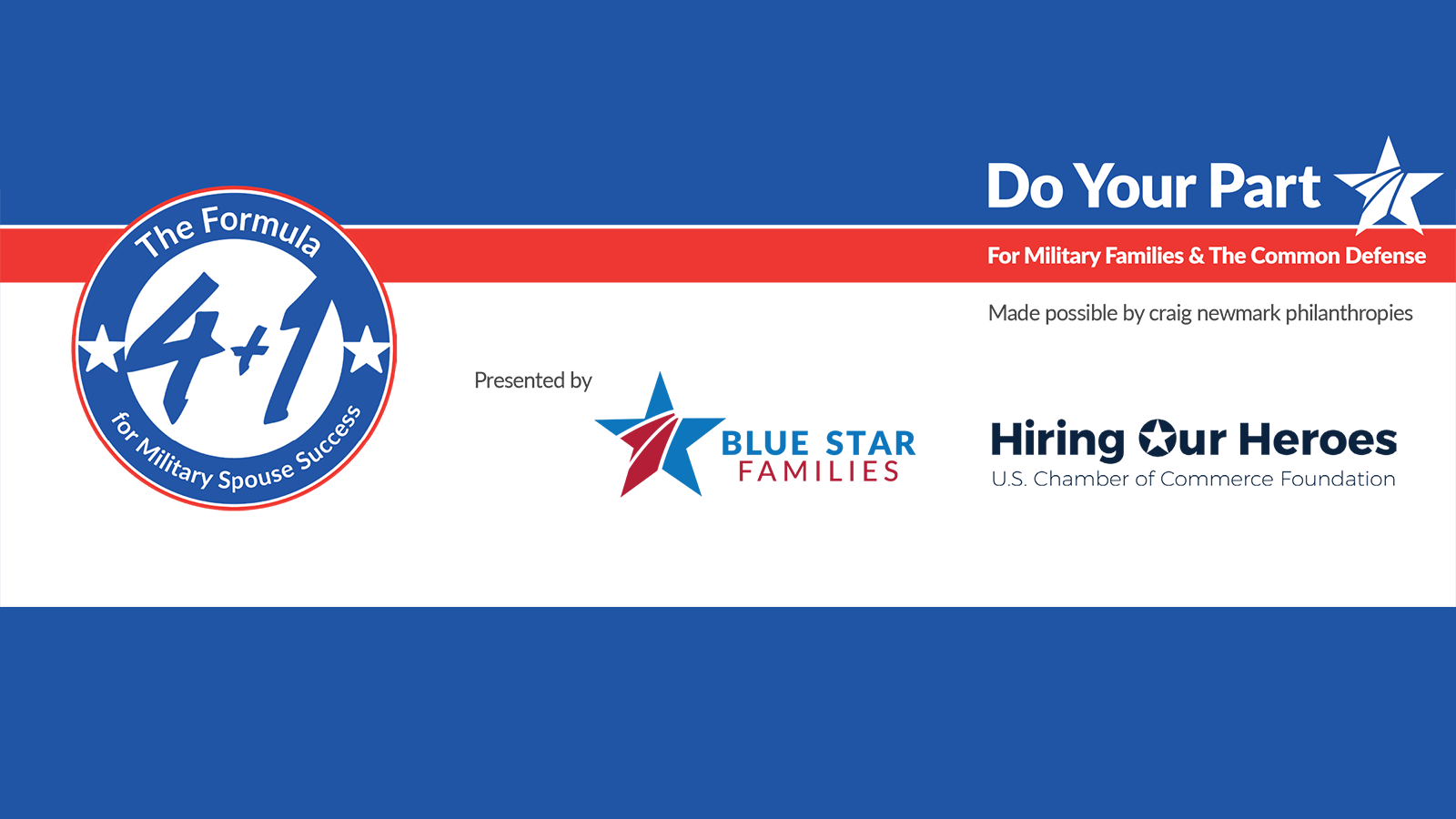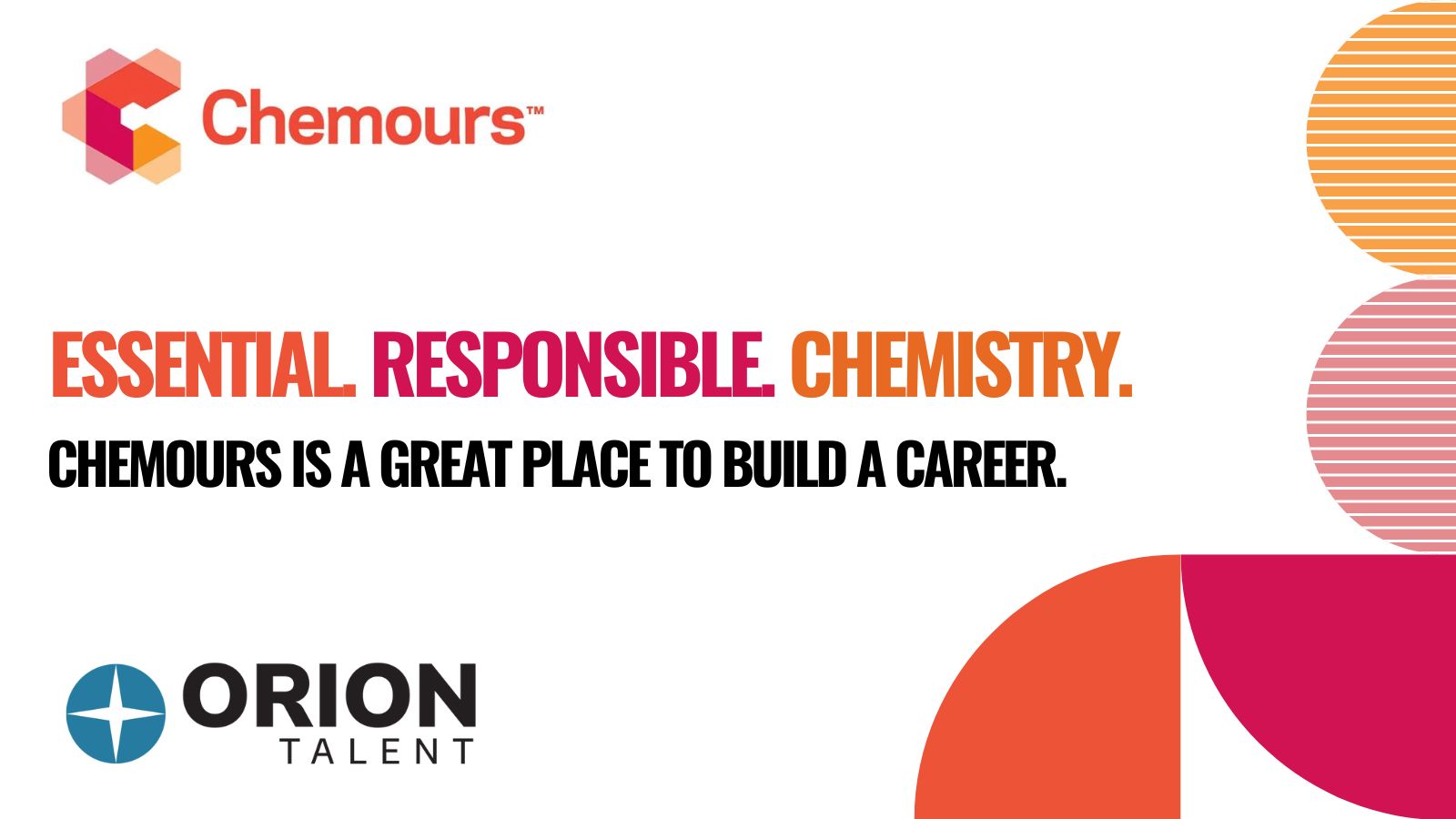When it comes to strategic recruiting, there really isn’t any type of formal body in the recruiting industry that codifies established practices. That means that most recruiting leaders are pretty much making it up as they go, rather than following a defined set of principles.
And there’s nothing wrong with that, if you’ve got a great game plan, your strategy is working, and you’ve kept your eye on both short and long term goals.
So what happens if your game plan looks like a game of checkers, but your company needs the strategic recruiting of a long-played, high powered game of chess?
If this was really a chess game, it would be time to learn about all the game pieces, develop a winning chess strategy, see how the game developed, and then make adjustments to your strategy as you played. In the recruiting industry, you can apply these same principles: define the components of strategic recruiting, develop a long-term hiring strategy, and monitor your key performance indicators (KPIs) as you continue to make new hires for your company.
Let’s break it down.
Elements of Strategic Recruiting – Your Game Pieces
It’s easy to argue that every part of the recruiting process is important in strategic recruiting, but there are some elements of the hiring process that are pivotal to your strategy.
Employment Brand
Your employment brand is probably the most important element in your long-term hiring strategy because potential applicants hear, read, and see information about your company and use that information to imagine what it would be like to work there. Building your external image as an excellent place to work ensures that you get lots of high quality candidates over the long term.
There are a lot of ways you can build your brand through the hiring process, but here are a few to consider:
1. Make recruiting candidate-centric: Treat candidates like customers, keep them informed during the hiring process, and “sell” them on open positions with great job descriptions. Focus on an outstanding candidate experience.
2. Make hiring decisions quickly: High demand candidates won’t wait around for hiring managers to make a decision. If decision making takes too long, candidates will take a position with someone else. Making them wait too long also reflects poorly on your company.
3. Use candidate-friendly technology: Making the application process as quick and painless as possible wins over candidates, while a burdensome application and screening process drives talent away.
Talent Pipeline
When you start to think of your recruiting strategically, rather than tactically, you quickly realize that keeping a steady stream of applicants in your pipeline is a critical component.
1. Build a database consisting of all job applicants. Your database will become a talent pool you can proactively approach as new positions in the company open.
2. Continually add to your database through continuous sourcing, employee referral programs, and talent outreach.
Targeted Outreach to Non-Lookers
Identify and approach currently employed people who are top performers. These are people who are not actively looking for a new position and may or may not be employed by one of your competitors. Attracting top talent is great, but a better long-term recruiting strategy is to perform outreach to desired talent.
Succession Planning
Succession planning is often overlooked as part of a long-term recruiting strategy, but it’s a great way to make sure that critical positions in your organization are filled quickly. Not only does this encourage top performers to grow with you, but it also makes sure you never sacrifice business performance because you can’t fill the position quickly enough.
Effective Sourcing
We all know that sourcing is critical to your recruiting strategy, and employee referrals are generally the best source for candidates. Not only do employee referrals cut down the amount of time and money you need to spend on candidate screening, but leveraging the referral networks of all the employees in your organization can really boost your results.
Our Employee Referral Campaign Guide can help you set up your own referral program when you’re ready, but the most important thing is to promote a recruiting culture in your organization so that every employee becomes a talent scout.
Develop A Big Picture Hiring Strategy
Once you have clearly defined all the key elements necessary to develop a recruiting strategy, it’s time to make a plan on how you will execute each one in a long-term plan.
Your recruiting strategy should illustrate how you will implement all things we talked about above while emphasizing your organization’s brand and talent needs. Your big picture strategy should also decide how you will define success and the key performance indicators you will use.
Monitor Your KPIs
By the time you get to this point in your recruiting strategy, you’ve already started to put your big picture hiring strategy in motion. That’s when you need to start tracking key performance indicators. Although there are several KPIs you can choose to monitor, the ones below are the bare minimum metrics you must analyze.
1. Candidate Pipeline: Tracking the number of candidates in your pipeline lets you know how your efforts are working and how the number in your pipeline translates into hires over time. It will also help you forecast hiring plans and understand how various recruiting tactics impact your pipeline.
2. Average Time to Hire: Your average time to hire can also help you with forecasting, but it’s real value is that it can tell you how well your overall recruiting strategy is working. If the average time to hire is too long, you may need to make some adjustments to your big picture hiring strategy.
3. Quality of Sources: Knowing which sources bring in the most candidates and best quality talent is essential to your recruiting strategy. Not only will it keep your pipeline healthy and full, but it also can improve your recruiting efforts tremendously. Additionally, tracking candidates and hires by source helps you choose the best sources in the future
4. Offer Acceptance: You should track what percentage of offers are accepted, but you should also analyze rejected offers and the feedback you receive to improve acceptance rates and make sure you’re on track with your employment branding.
Conclusion
When you’re in charge of the hiring function and trying to implement strategic recruiting for your company, it can feel like you’re working without a net. After all, there aren’t really any codified practices for developing a strategy for your hiring function because the recruiting industry often focuses on tactics over strategy.
As you work to develop your own company hiring strategy, it’s fairly straightforward to move away from a checkers mindset by following the basic guidelines above. If you define the strategic components important to your recruiting, develop a big picture hiring strategy, and monitor your key performance indicators, you’ll be playing chess in no time.
Archives
- October 2024
- May 2024
- March 2024
- February 2024
- January 2024
- December 2023
- November 2023
- October 2023
- September 2023
- August 2023
- July 2023
- June 2023
- May 2023
- April 2023
- March 2023
- February 2023
- January 2023
- December 2022
- November 2022
- October 2022
- September 2022
- August 2022
- July 2022
- June 2022
- May 2022
- April 2022
- March 2022
- February 2022
- January 2022
- December 2021
- November 2021
- October 2021
- September 2021
- August 2021
- July 2021
- June 2021
- May 2021
- April 2021
- March 2021
- February 2021
- January 2021
- December 2020
- November 2020
- October 2020
- September 2020
- August 2020
- July 2020
- June 2020
- May 2020
- April 2020
- March 2020
- February 2020
- January 2020
- December 2019
- November 2019
- October 2019
- September 2019
- August 2019
- July 2019
- June 2019
- May 2019
- April 2019
- March 2019
- February 2019
- January 2019
- December 2018
- November 2018
- October 2018
- September 2018
- August 2018
- July 2018
- June 2018
- May 2018
- April 2018
- March 2018
- February 2018
- January 2018
- December 2017
- November 2017
- October 2017
- September 2017
- August 2017
- July 2017
- June 2017
- May 2017
- March 2017
- February 2017
- January 2017
 RSS Feed
RSS Feed
Subscribe to Orion's Blog
Featured Blogs





.jpg)















